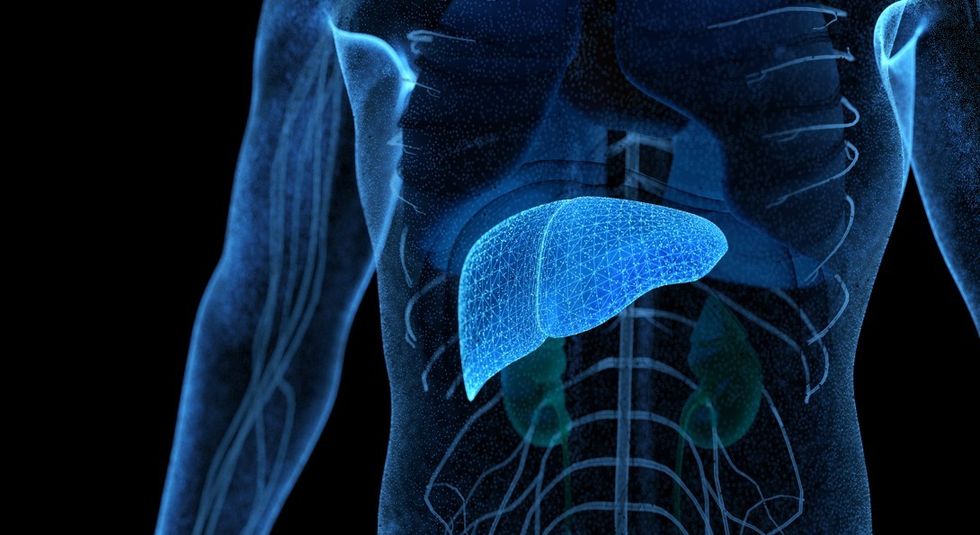Katie Nicholl opens up on her battle with liver cancer
GBN
The disease is notoriously easy to miss due to the absence of symptoms
Don't Miss
Most Read
Trending on GB News
As high obesity rates continue to strain health organisations around the world, there is a growing need to raise awareness of fatty liver disease.
At its most advanced stage, a dangerous buildup of scar tissue in the liver can pave the way for liver failure.
But despite these significant dangers, fatty liver disease is notoriously easy to miss due to the absence of symptoms. But fluid retention in the legs and abdomen could signal that something is wrong, a doctor has warned.
GP Dr Amir Khan issued a warning about the condition in a recent TikTok clip, saying: “Our liver is the second-largest organ in our body.

Dr Khan listed signs of fatty liver disease to look for
GETTY / TIKTOK
“Now, most people will have no symptoms, and the diagnosis is often picked up through a random blood test or a scan.
“But those who go on to develop serious liver disease experience tummy pain, fatigue, weight loss, fluid buildup in the tummy and legs, and other signs of liver problems.”
While there are currently no approved medications to treat fatty liver disease, there are things we can do to reverse it.
This includes stopping smoking, reaching a healthy weight, eating a balanced diet rich in plants, moving and exercising regularly, and getting good-quality sleep.
“But if you’re worried, speak to a healthcare professional,” Dr Amir advised his viewers.
Why is fatty liver disease dangerous?
The progression of the disease and its subsequent complications can significantly affect longevity, making early intervention crucial.
The liver’s primary role is to rid the body of toxins and waste, which are eliminated through urine and faeces.
LATEST DEVELOPMENTS

Fatty liver disease can lead to severe complications
GETTY
“It has many jobs, one of which is breaking down fats for energy," explained Dr Khan. “Fatty liver disease occurs when too much fat is stored within liver cells. It has nothing to do with alcohol intake.
“Experts don’t know exactly why some people accumulate fat in the liver while others do not, or why some go on to develop serious liver problems when others don’t.
“But we do know there are risk factors for fatty liver disease, including obesity, type 2 diabetes, insulin resistance, and high levels of fat in the blood, known as triglycerides.
“Other risk factors include sleep apnea, an underactive thyroid, and polycystic ovarian syndrome.”








